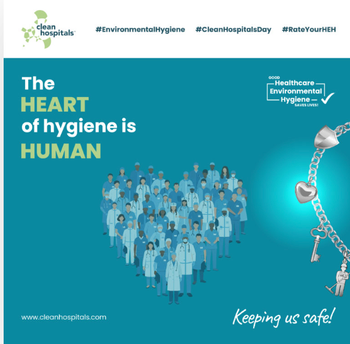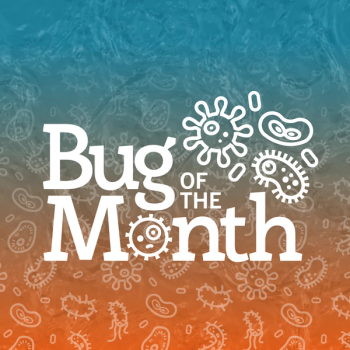
Researchers Investigate New Mechanism for Predicting How Diseases Spread
Northwestern University professor Dirk Brockmann and his group at the McCormick School of Engineering and Applied Science have investigated the outcomes of a previously ignored mechanism in modeling how humans travel.
By challenging a long-held assumption, Brockmann, associate professor of engineering sciences and applied mathematics, hopes to create models that can more accurately predict the spread of disease and the spread of human-mediated bioinvasions.
"Though there are many sophisticated computer models out there to model mobility patterns, we can now expect significant differences in disease model predictions," Brockmann says.
Their work, done in collaboration with scientists at the Max-Planck Institute for Dynamics and Self-Organization in Göttingen, Germany and with scientists at the Massachusetts Institute of Technology, was recently published on the first page of the inaugural issue of Physical Review X, a new open-source journal developed by the American Physical Society.
Previous models of how diseases spread made assumptions that human populations are like chemicals being stirred in a container: they interact and travel randomly. Each city is its own container, and when people travel there, they become part of that container.
"Most of the time that's a pretty good assumption," Brockmann says. "But it's not realistic." Most people don't randomly travel from place to place; they travel somewhere, then come back home. Travel again, then come back home.
"They have a base location," Brockmann adds. "They don't wander around like a fox in the woods."
Brockmann and his collaborators created a model that used this "base location" assumption and found that it created significant differences in predicting the spread of disease.
A key result was the speed of the disease "wave," or how certain diseases (especially before the advent of air travel) spread in a giant wave across a city or country. It was previously thought that the more people travel, the faster the wave spreads. Now, using this new mechanism, Brockmann has found that the wave actually reaches a maximum speed and then levels off.
"Since you always return home, you don't carry the disease to as many places as we assumed in previous models," he says. "This has been previously overlooked in mathematical epidemiology research."
Brockmann and his group hope to incorporate this new sort of model in realistic models of specific diseases, like the H1N1 influenza, and bioinvasions. "We've shown this basic mechanism that wasn't known before," he says. "Now we need to see just how it impacts specific diseases."
This research was funded by the Volkswagen Foundation.
Newsletter
Stay prepared and protected with Infection Control Today's newsletter, delivering essential updates, best practices, and expert insights for infection preventionists.





